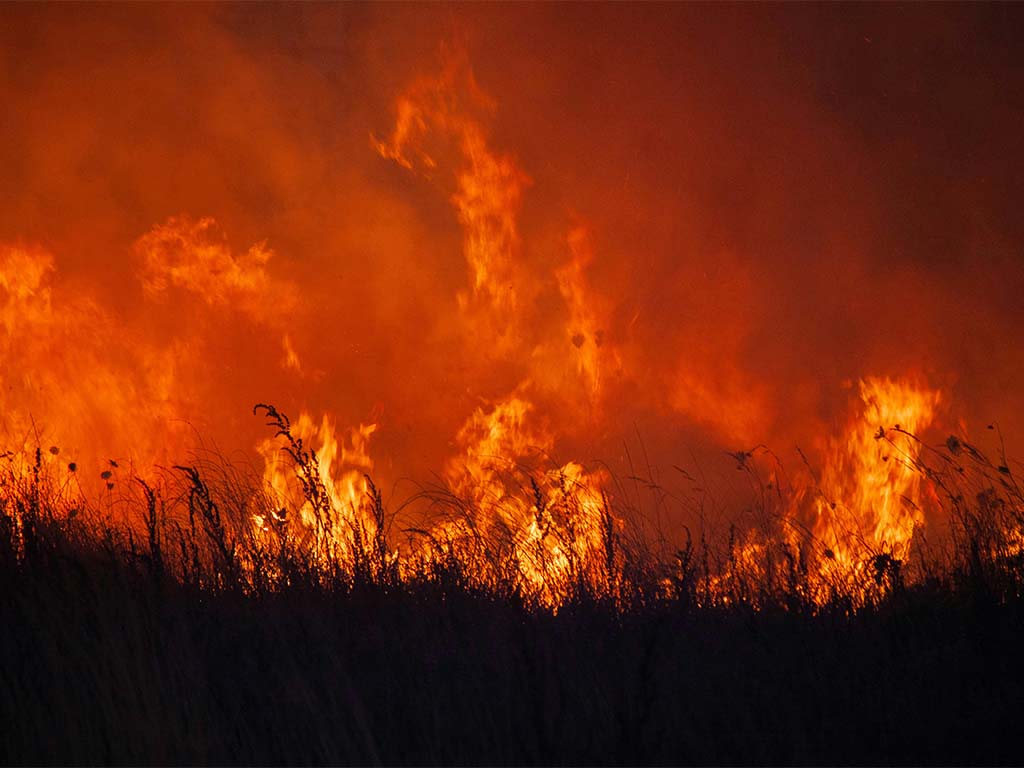Thailand’s Smog Crisis: The Silent Catastrophe Choking a Nation
Thailand is currently facing one of its most critical environmental challenges in recent years. In 57 of the country’s 77 provinces, PM2.5 levels have reached hazardous levels, causing millions of residents to breathe in dangerous particles daily. Nong Bua Lam Phu has been particularly affected, but it is far from the only area suffering. This invisible enemy impacts not only public health but also the economy, tourism, and the country’s international reputation. But what exactly is causing this crisis, and what are the possible solutions?
Background – What Led Us Here?
To understand the current situation, we must look back at Thailand’s development and its environmental consequences. The industrial boom over the past decades has turned Thailand into one of Southeast Asia’s economic powerhouses, but it has come at a price. Increased vehicle traffic, intensive agricultural production, and deforestation that has reshaped the country’s ecosystem have all contributed to deteriorating air quality.
One of the biggest culprits is the widespread slash-and-burn farming method, used by farmers to quickly and cheaply clear land for the next growing season. Every year, air pollution worsens as farmers burn crop residues, despite it being banned in some areas. This practice releases enormous amounts of particles into the air, affecting both local communities and neighboring countries.
Deforestation has also played a significant role in this equation. For many years, vast forested areas have been cleared for plantations, infrastructure, and urban expansion. Forests act as natural filters for air pollution, and their disappearance has increased the concentration of harmful particles in the atmosphere. With reduced tree coverage, the ability to capture and break down carbon dioxide emissions also diminishes.
The Current Crisis – Bangkok and the Affected Provinces
In Bangkok, where over ten million people live and work, the situation has become unbearable. The city’s air quality is now among the worst in the world, forcing residents to wear masks daily. Schools have been closed, hospitals report an increase in respiratory issues, and the government has had to take emergency measures. These include an initiative to make public transport free for certain periods to reduce car traffic, but many argue that this is only a temporary fix for a structural problem.
The worst-affected provinces in northern Thailand, such as Chiang Mai and Lampang, have long struggled with air pollution, especially during the dry season. Many claim that the government’s measures are insufficient and that a much more comprehensive program is needed to tackle the problem in the long run.

Government Measures – Are They Enough?
The Thai government has been trying for several years to introduce stricter regulations to reduce air pollution. They have banned open burning during certain periods, used satellite monitoring to detect fires, and attempted to impose harsher penalties on violators. They have also encouraged farmers to adopt alternative methods such as mechanical processing and composting instead of burning. Yet, despite these initiatives, the problem persists.
Farmers themselves have often resisted these regulations. Many argue that the economic incentives to change their methods are simply not sufficient. Switching to more sustainable alternatives is expensive, time-consuming, and requires resources that many small-scale farmers do not have. Without financial support or better alternatives, many see no other option but to continue as they always have.
Neighboring Countries’ Reactions – A Regional Problem
Air pollution knows no borders, and Thailand’s smog problem also affects its neighboring countries. Malaysia and Singapore have repeatedly expressed concerns about the increasing amount of air pollution transported across borders, especially during periods of intense forest burning. Thailand’s government has previously ratified the ASEAN Agreement on Transboundary Haze Pollution, but its effectiveness has been limited.
Indonesia and Myanmar, which also struggle with large-scale forest fires and air pollution, face similar challenges. This shows that the issue requires a regional solution where countries work together to implement more effective regulations and environmental strategies.
Garbage Crisis and Plastic Pollution – Another Part of the Problem
Beyond smog, Thailand is also facing a serious waste management crisis. In recent years, the country has introduced several new regulations to reduce plastic pollution, including a ban on plastic waste imports starting in 2025. Despite these initiatives, it is still common for waste to be dumped in inappropriate locations or openly burned, further contributing to already high levels of air pollution.
Some parts of the country have modern waste management facilities and incineration plants designed to handle waste in a more environmentally friendly way, but they are far from sufficient. In rural areas and smaller cities, open waste burning is still common, leading to additional emissions of toxic particles into the air.
The Way Forward – What Needs to Be Done?
It is clear that Thailand faces a complex environmental challenge that cannot be solved with short-term measures. A combination of political will, financial support, and technological innovations is required to combat air pollution in a sustainable way.
To reduce smog, Thailand needs to:
- Introduce stronger incentives and financial support for farmers to transition to sustainable farming methods.
- Improve monitoring of slash-and-burn farming and enforce stricter penalties for violations.
- Develop a more comprehensive and modern infrastructure for waste management.
- Cooperate more actively with neighboring countries to address transboundary air pollution.
Smog in Thailand is not just an environmental issue – it is a matter of public health, economy, and future sustainability. Only through a holistic approach and long-term strategies can the country emerge from this crisis and create a cleaner and healthier future for its residents.
news via inbox
stay informed





